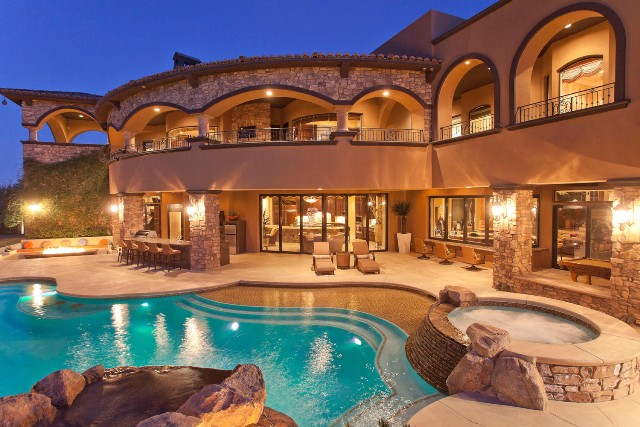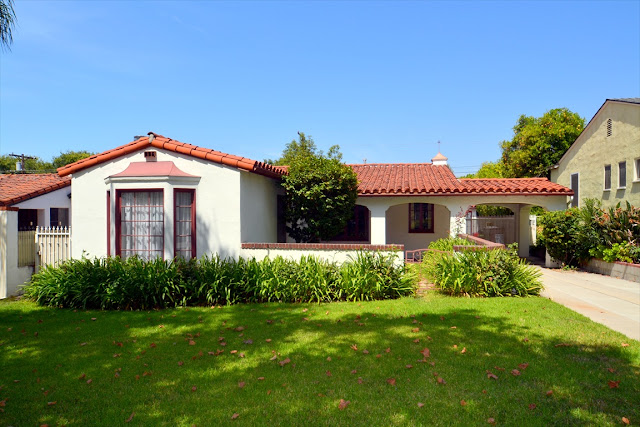Connecting spaces... (Page 2)
Water bodies with wooden planks: water bodies running through the interior spaces add to the visual ambience of a place. Besides creating a tranquil environ, these bring a touch of freshness to the space. Some houses feature wooden planks that serve as bridges over the water bodies and connect different areas of a house. Small bridges can also be used in place of wooden planks. These connecting bridges need no longer be just rectangular but can be designed to integrate seamlessly with the house.
Courtyards A courtyard forms the focal point of a house. Simultaneously it visually connects segregated spaces. Whether open to the sky or enclosed, a courtyard offers much by way of ample natural light, sense of space and unmatched grandeur.
KEYELEMENTS:
When it comes to such connecting spaces, it is imperative to plan them in advance in order to achieve a cohesive look. Here are a few pointers to keep in mind while designing such spaces.
Lighting: The lighting design for connecting spaces remains varied. Whereas courtyards are awash with natural light, hall spaces are by and large devoid of Windows. Linking corridors also need artificial light in case of insufficient natural light. Staircases and landings, which are often located in these connecting spaces, need to be well lit at all times. Concealed artificial light during daytime is necessary. Up-lights concealed in corners and behind plants or pieces of furniture are sensible and an economical way of providing less apparent artificial light.
A suspended luminous ceiling (with concealed lighting above) gives a much sunnier feeling in a dark area, as long as it is supplemented at night by some other light source. If central ceiling Outlets are present, good-looking hall lanterns or chandeliers work well. In these cases dimmer switches should be attached so that it is easy to alter the level of lighting. The lighting should be warm and welcoming as well as reflecting the overall interior style of one's home.Sometimes a bad location of a window (if present) in such areas can be a source of discomfort. In some instances the contrast between the light from the window and dimly lit areas can generate a glare. Hence, one should carefully decide on curtaining them, shading them or shuttering them. Smaller windows look neater and let in more light if covered with shades or shutters.
(Continues...)




Comments
Post a Comment